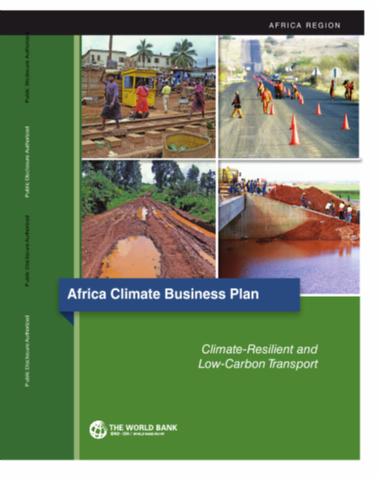The World Bank is a vital source of financial and technical assistance to developing countries around the world. We are not a bank in the ordinary sense but a unique partnership to reduce poverty and support development. The World Bank Group has two ambitious goals: End extreme poverty within a generation and boost shared prosperity.
- To end extreme poverty, the Bank's goal is to decrease the percentage of people living on less than $1.25 a day to no more than 3% by 2030.
- To promote shared prosperity, the goal is to promote income growth of the bottom 40% of the population in each country.
The World Bank Group comprises five institutions managed by their member countries.
The World Bank Group and Land: Working to protect the rights of existing land users and to help secure benefits for smallholder farmers
The World Bank (IBRD and IDA) interacts primarily with governments to increase agricultural productivity, strengthen land tenure policies and improve land governance. More than 90% of the World Bank’s agriculture portfolio focuses on the productivity and access to markets by small holder farmers. Ten percent of our projects focus on the governance of land tenure.
Similarly, investments by the International Finance Corporation (IFC), the World Bank Group’s private sector arm, including those in larger scale enterprises, overwhelmingly support smallholder farmers through improved access to finance, inputs and markets, and as direct suppliers. IFC invests in environmentally and socially sustainable private enterprises in all parts of the value chain (inputs such as irrigation and fertilizers, primary production, processing, transport and storage, traders, and risk management facilities including weather/crop insurance, warehouse financing, etc
For more information, visit the World Bank Group and land and food security (https://www.worldbank.org/en/topic/agriculture/brief/land-and-food-security1
Resources
Displaying 411 - 415 of 4906The EU ETS Up to 2030
This report presents some figures
exploring the way Romanian installations have been operating
under the European Union Emissions Trading System (EU ETS).
At the request of the Government of Romania, a two-year
Reimbursable Advisory Services (RAS) Program on climate
change and low-carbon green growth was launched by the World
Bank in July 2013. The RAS project focuses on
operationalizing Romania’s national climate change strategy
Preventing Conflict in Resource-Rich Countries
For many developing countries, natural
resource exports such as oil, diamonds and copper continue
to be important drivers for economic growth and provide a
unique opportunity for generating revenues for much-needed
infrastructure and human development. Dependence on
extractive resources, however, may also increase the
likelihood of underdevelopment, fragility and conflict. The
challenges for managing these resources efficiently are
The Role of Glaciers in the Hydrologic Regime of the Amu Darya and Syr Darya Basins
The headwaters of the Amu Darya and Syr Darya in the western Tien Shan, Pamir and Hindu Kush
mountains are a major source of stream flow into the Aral Sea Basin. The water security—affecting
energy and food security—of this region and the consequent regional dynamics and politics are connected to
these headwaters. Recent concerns related to climate change, glacier retreat and stream flow from these mountains have
served to illustrate the very limited understanding that exists concerning the hydrologic regimes of the mountain
Climate-Resilient and Low-Carbon Transport in Sub-Saharan Africa
The objective of this transport component of the broader Africa Climate Business Plan (ACBP) is to begin to mainstream climate benefits into the World Bank’s transport program for Sub-Saharan Africa, the better to assist African countries in bringing their climate change efforts to scale.
Gender Sensitive Planning, Monitoring and Evaluation in Agricultural Water Management
Agricultural water management projects
that take an inclusive, participatory gendersensitive
approach at all levels of the project
cycle help increase project effectiveness and
improve account of livelihood concerns of
women and the rural poor. Participatory
planning methods; creation of genderspecific
indicators; continuous monitoring;
and beneficiary-led impact assessment are
key features of this approach.







